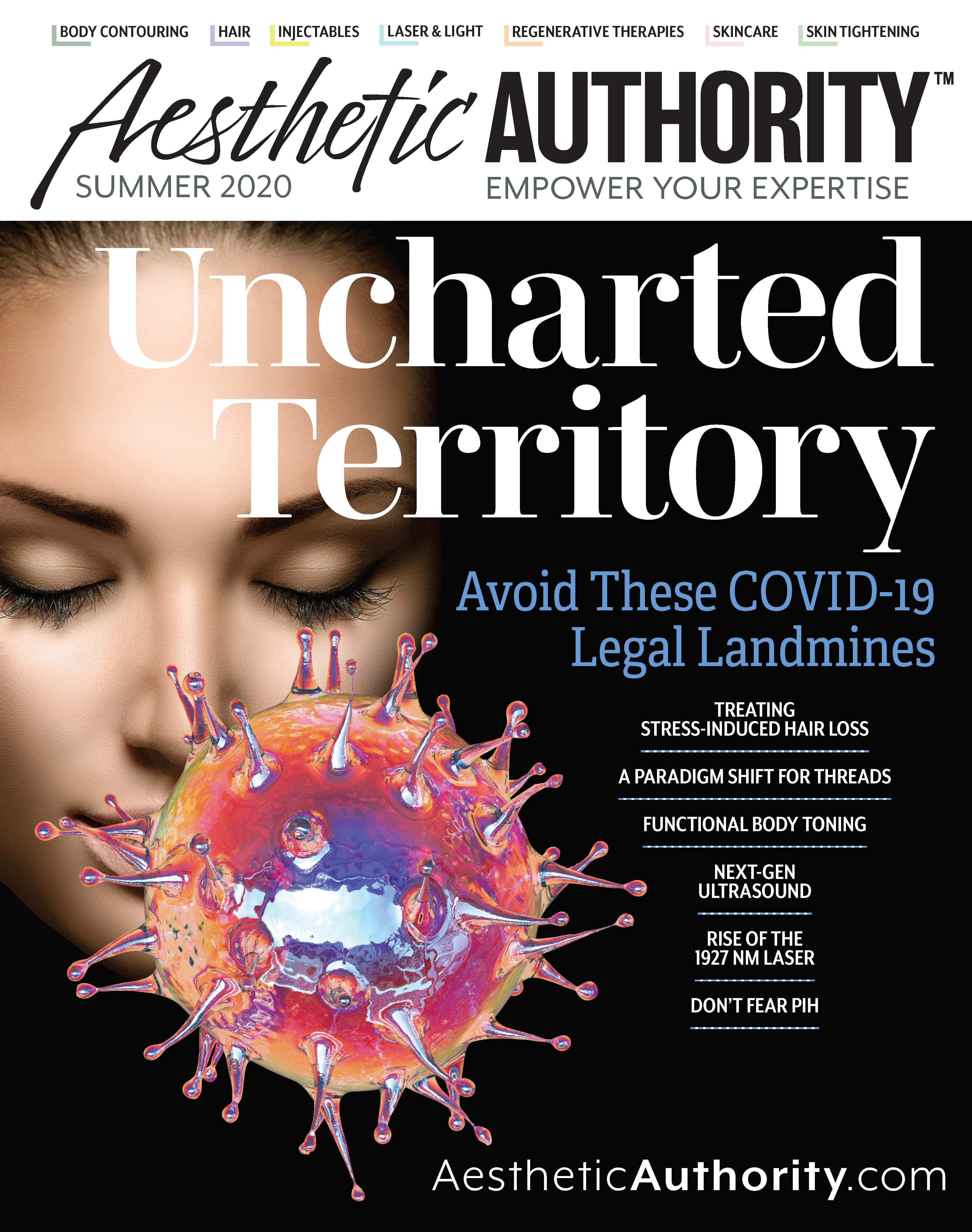- Case-Based Roundtable
- General Dermatology
- Eczema
- Chronic Hand Eczema
- Alopecia
- Aesthetics
- Vitiligo
- COVID-19
- Actinic Keratosis
- Precision Medicine and Biologics
- Rare Disease
- Wound Care
- Rosacea
- Psoriasis
- Psoriatic Arthritis
- Atopic Dermatitis
- Melasma
- NP and PA
- Skin Cancer
- Hidradenitis Suppurativa
- Drug Watch
- Pigmentary Disorders
- Acne
- Pediatric Dermatology
- Practice Management
- Prurigo Nodularis
- Buy-and-Bill
Publication
Article
Aesthetic Authority
Threads as ‘Injectables’
Author(s):
It's a paradigm shift for the threadlift, which offers subtle tissue adjustment and biostimulation to generate natural results that last beyond the life of the threads themselves.
When facial plastic surgeon Kian Karimi, M.D., FACS, first heard about newer threadlifting technologies, he admits that he wasn’t a believer.
“I've heard about the threadlift. I heard it's terrible. I'm not going to go there. It's not an alternative to surgery,” was his initial response to threads, he explained during “Threadlifts: Let’s Argue,” one of the virtual panels offered via L. Mike Nayak, M.D.’s online Medspa Mastery course earlier this year.
But he did his research and gave threads a chance. Today, “I do [a] reasonable [number of] facelifts and neck lifts, but I also do a lot of threadlifts, and in fact, it's 30% of my injectables practice,” says Dr. Karimi.
And that’s an important distinction: threads as injectables. He calls it a paradigm shift.
“Current threads are simply a new injectable… an injectable that can reposition tissues very subtly… it doesn't cannibalize your fillers; it doesn't cannibalize your neuromodulators…. that's where it has been huge in my practice,” says Dr. Karimi.
The New Paradigm
Today’s threads are absorbable, Dr. Karimi emphasizes, not the nonabsorbable polypropylene suture used for the old contour threadlifts, which he describes as essentially tennis racket strings with hooks.
“People would put them in, and surgeons would have to take them out. There was no reversal,” which was largely responsible for casting a negative light on the procedure, he explains.
Currently, there are only two types of FDA-approved threads in the United States: PDO (NovaThreads, MINT, etc) and PLLA/PLGA (Silhouette InstaLift). Not to be confused with the aforementioned Contour Threads, which was approved in 2005 and revoked in 2007 for poor outcomes and safety issues.
“I do PDO thread lifts, primarily,” says Dr. Karimi. “I like combining them with fillers. I like combining them with platelet rich fibrin (PRF). And it's something that I use all the time.”
While patients were generally dissatisfied with Contour Threads, that’s not the case with today’s absorbable threads.
“I don’t do a lot of threads, but I’m always impressed with the patient satisfaction,” says Otto Placik, M.D., a plastic surgeon in Chicago.
And don’t let before and after pictures deceive you, he insists. Photos don’t do a great job showing results because those are best observed in facial animation.
“It’s very difficult for me to document the improvements. I think this is… where dynamic video or animation would be so much more useful in showing the before and after benefits of threads. I think it’s a dynamic benefit that people really see,” he says.
Not only are today’s threads more likely to satisfy patients in terms of safety and results, but Dr. Karimi also believes it’s time to think about using them differently: Not to create a face“lift,” per se, but for subtle tissue adjustment and biostimulation to generate natural results that last beyond the life of the threads themselves.
“I think the biggest paradigm shift that I understood, is that my surgical patients are not my threads patients and my threads patients are not my surgical patients,” says Dr. Karimi. “Current threads are simply a new injectable.”






